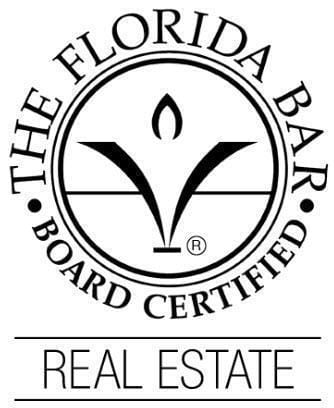If you are trying to buy a new home in Florida’s searing-hot real estate market, you undoubtedly want to do everything possible to make yourself competitive. After all, according to South Florida Agent Magazine, more than 50% of real estate sales go to all-cash buyers. It is still possible to finance a home, though.
To show sellers you are serious, it might make sense to provide proof of your ability to secure a mortgage. You can do so either through pre-approval or pre-qualification. While the two processes are similar, they have important differences you should understand.
Pre-qualification
Pre-qualification is a faster and easier process than pre-approval. With pre-qualification, a lender tells you the approximate mortgage value for which you are likely to be eligible. To do so, the lender typically needs some financial information from you along with your permission to perform a basic credit check.
Pre-approval
With pre-approval, you typically must submit a mortgage application to your lender. You also must give your consent for the lender to take a deep dive into your creditworthiness. After the lender processes your application, you typically learn each of the following:
- The total amount you can borrow
- Your estimated monthly payments
- Your interest rate
Your options
While both pre-qualification and pre-approval can be useful for you and the seller, you are apt to get more certainty from a pre-approval. Indeed, you should receive a pre-approval letter that is valid for at least 90 days.
Ultimately, if you intend to do both, you might want to go through pre-qualification before starting your new home search and pre-approval before making an offer.




